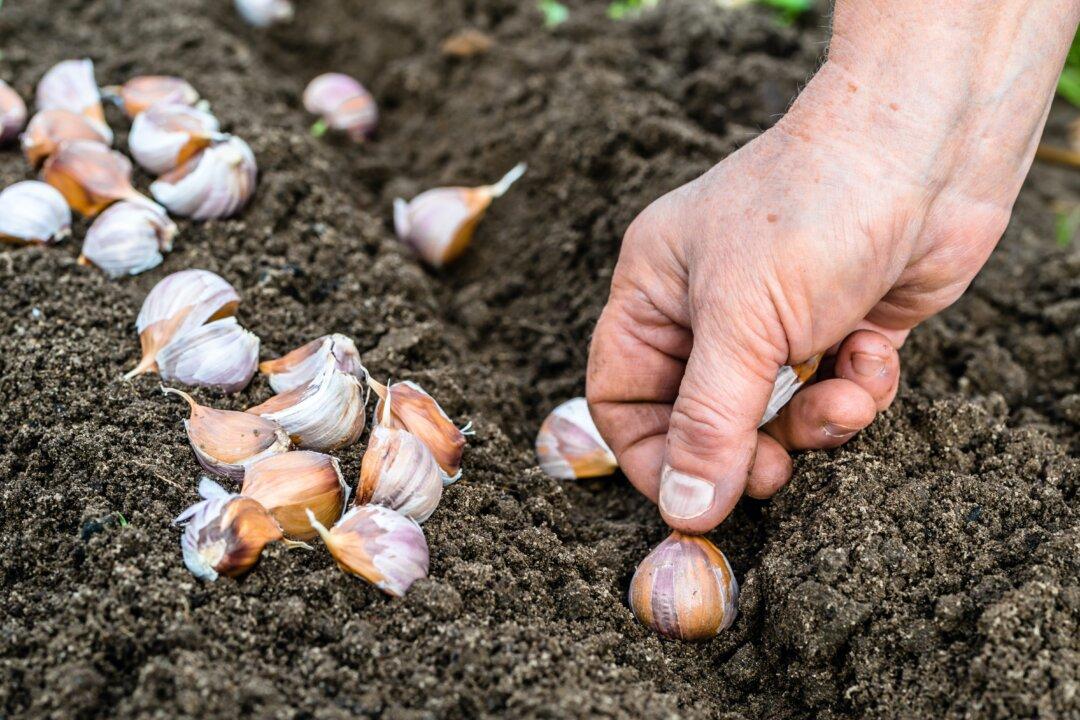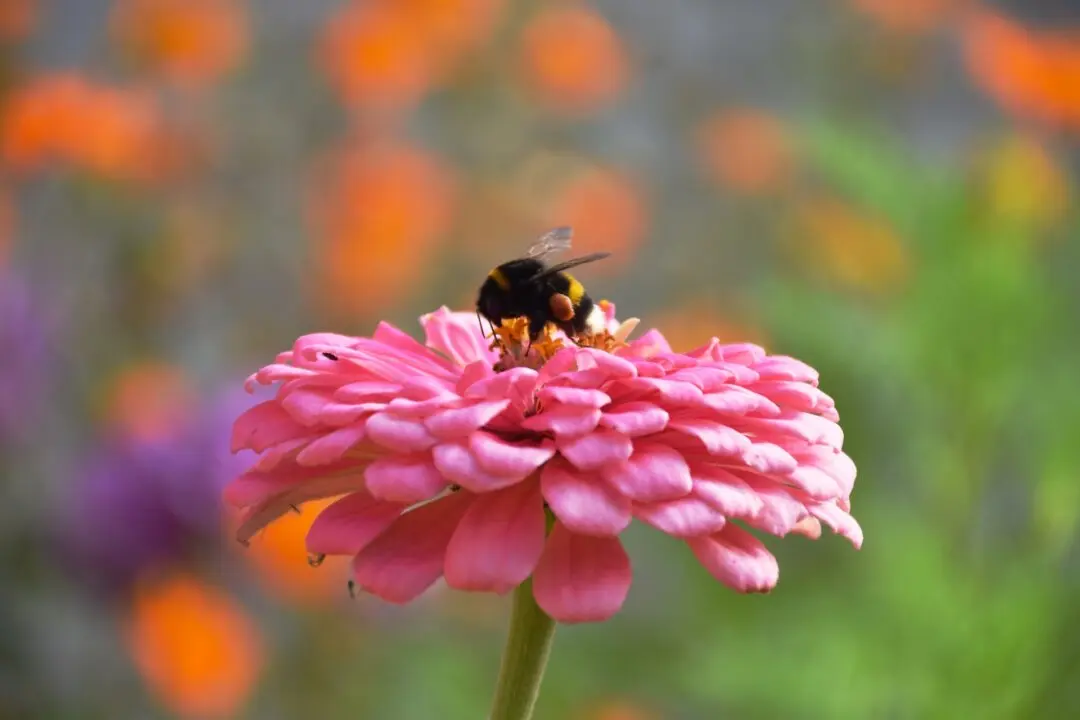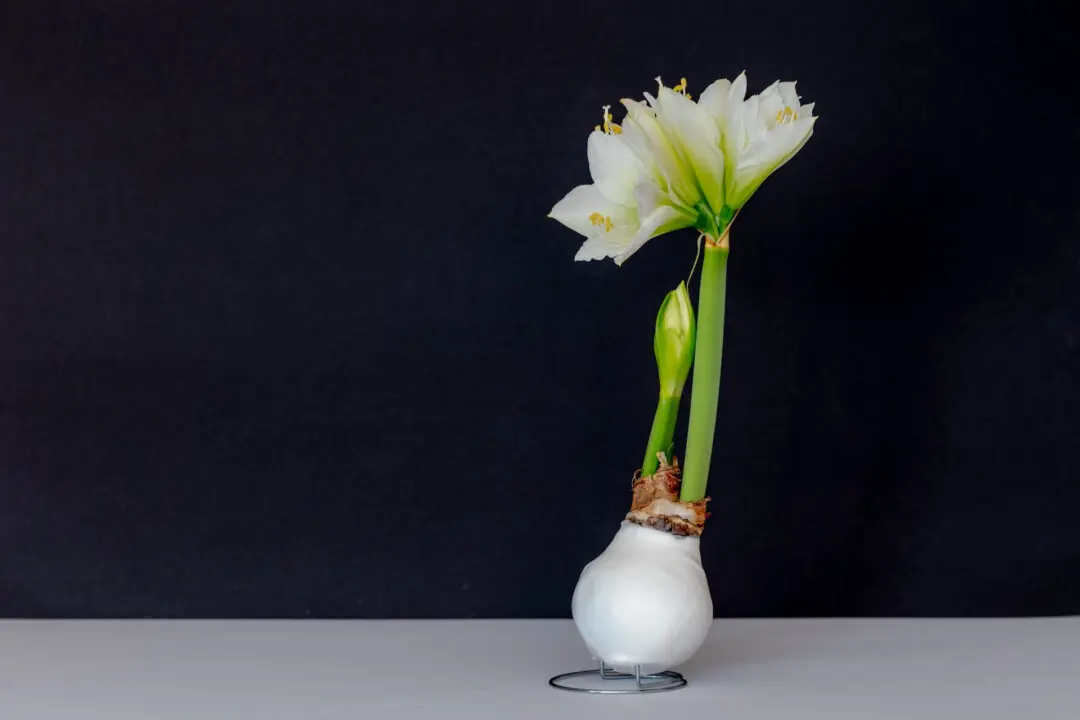Q: We are discussing when to cut down our ornamental grasses. I want to see them last through the winter and let the birds eat any seeds. My husband wants to cut them down in the fall because he says it is easier then. The plants are still upright and not beaten down. We can burn the grass in the fall when we are doing fires in the fire pit. They make a good fire starter. In the spring, they are wet, and we don’t do cookouts in the fire pit. He doesn’t want grass in the compost pile because of the seeds. Is there a better time to cut them down for the health of the grass?
A: Don’t cut them down when there are still green grass blades. In the fall, plants are transferring carbohydrates from leaves into storage areas such as roots, tubers, and bulbs. Once the leaves are brown, it doesn’t matter to the plant if the dead parts are cut off. However, in cold climates, the tall grass collects more snow, which helps insulate and water the grass root system.





